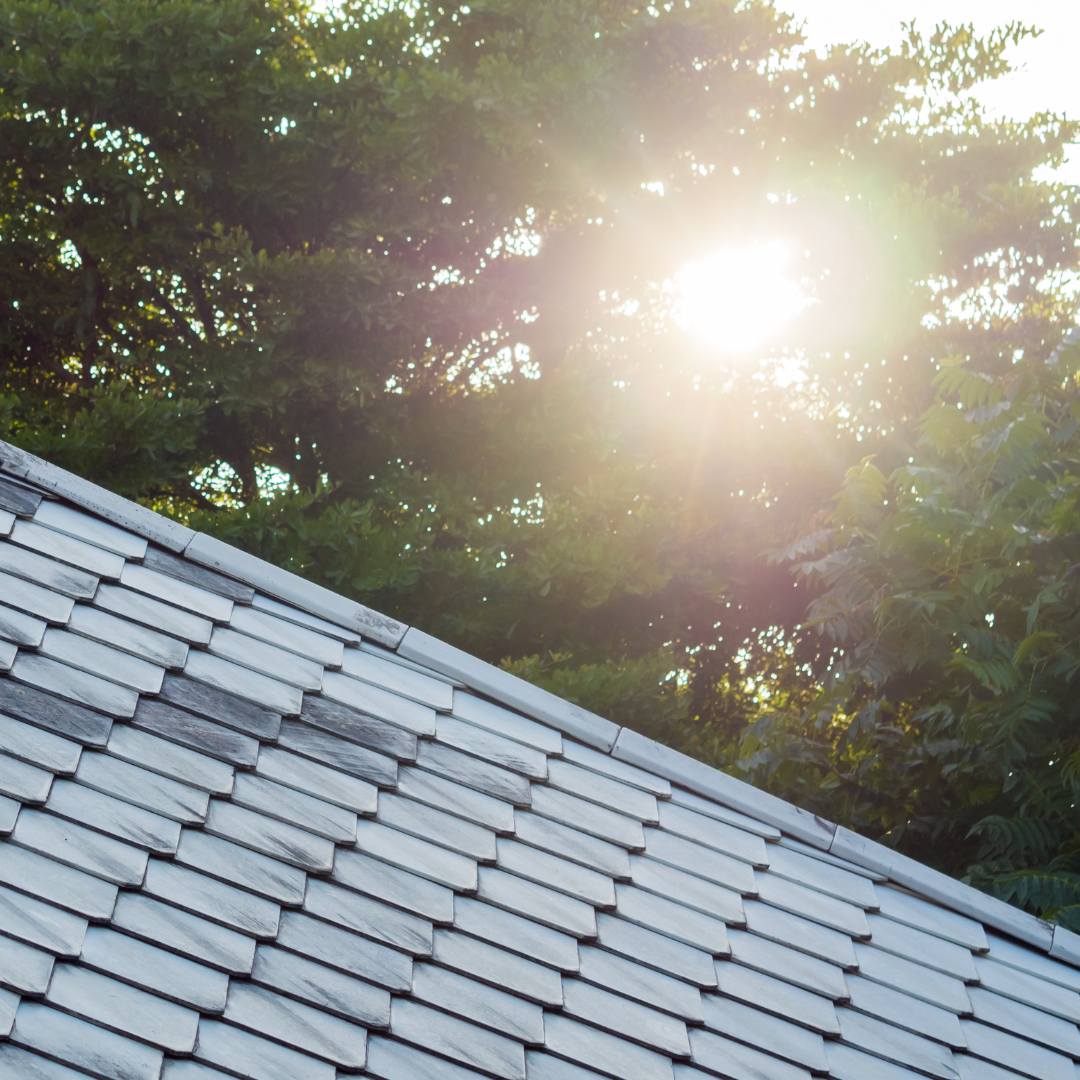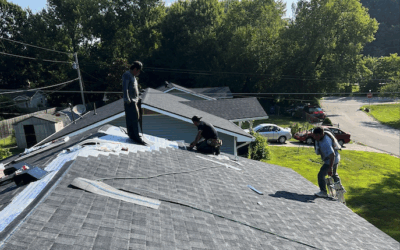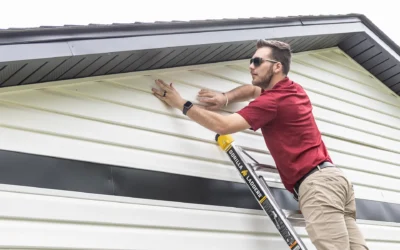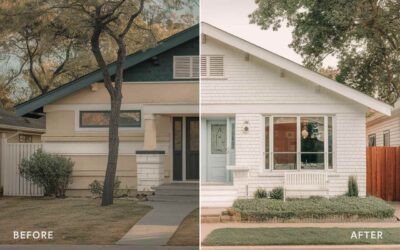Kentucky summers are known for their scorching heat, and while the sun can be enjoyable, it can also pose significant challenges to your home’s roof. As a homeowner, it’s vital to recognize the signs of heat damage to prevent expensive repairs in the future.
In this guide, we’ll explore the common indicators of roof heat damage and offer practical tips for maintaining your roof’s integrity.
Understanding Roof Heat Damage
The intense heat from the sun can cause various types of damage to your roof over time. This includes the deterioration of roofing materials, expansion and contraction of materials leading to cracks, and the potential for leaks. Understanding these issues can help you take proactive measures to protect your home.
The Effect of Heat on Different Roofing Materials
Each type of roofing material reacts differently to heat. Asphalt shingles, for example, can become brittle under high temperatures, leading to cracks and eventual breakage. Metal roofs might expand and contract, causing fasteners to loosen. Even tiles, though generally heat resistant, can crack under prolonged exposure to heat.
Knowing your roof type and its vulnerabilities is the first step in preventing heat damage.
Considerations for Different Roof Types
- Asphalt Shingles: These are common in Kentucky homes, but they require special care during summer. Regular checks for blistering and curling can help prolong their lifespan.
- Metal Roofing: While durable, it’s essential to ensure proper installation to reduce the risk of fasteners loosening during thermal expansion.
- Clay and Concrete Tiles: Although resilient against heat, these materials are not immune to cracking. Regular inspections for hairline fractures can help catch issues early.
Signs of Roof Heat Damage
Curling or Buckling Shingles
One of the most common signs of heat damage is curling or buckling shingles. This occurs when shingles lose their flexibility from prolonged exposure to high temperatures. If you notice your shingles are no longer lying flat, it’s time to call a roofing contractor.
Cracked or Blistered Shingles
Heat can cause the surface of shingles to blister or crack. These blisters can eventually pop, leaving the underlayment exposed to the elements. This exposure can lead to water damage and further roof deterioration.
Discoloration
Another sign of heat damage is discoloration. Roofs may appear faded or have visible dark patches where the shingles have overheated. This is not only an aesthetic issue but also a sign that the shingles are losing their protective granules.
Leaks and Water Damage
Heat damage often leads to leaks, especially if the underlayment has been compromised. Water stains on your ceiling or walls are a clear indication that your roof might be leaking. If you detect any moisture inside your home, it’s crucial to have a professional inspection.
Roof Inspection Tips
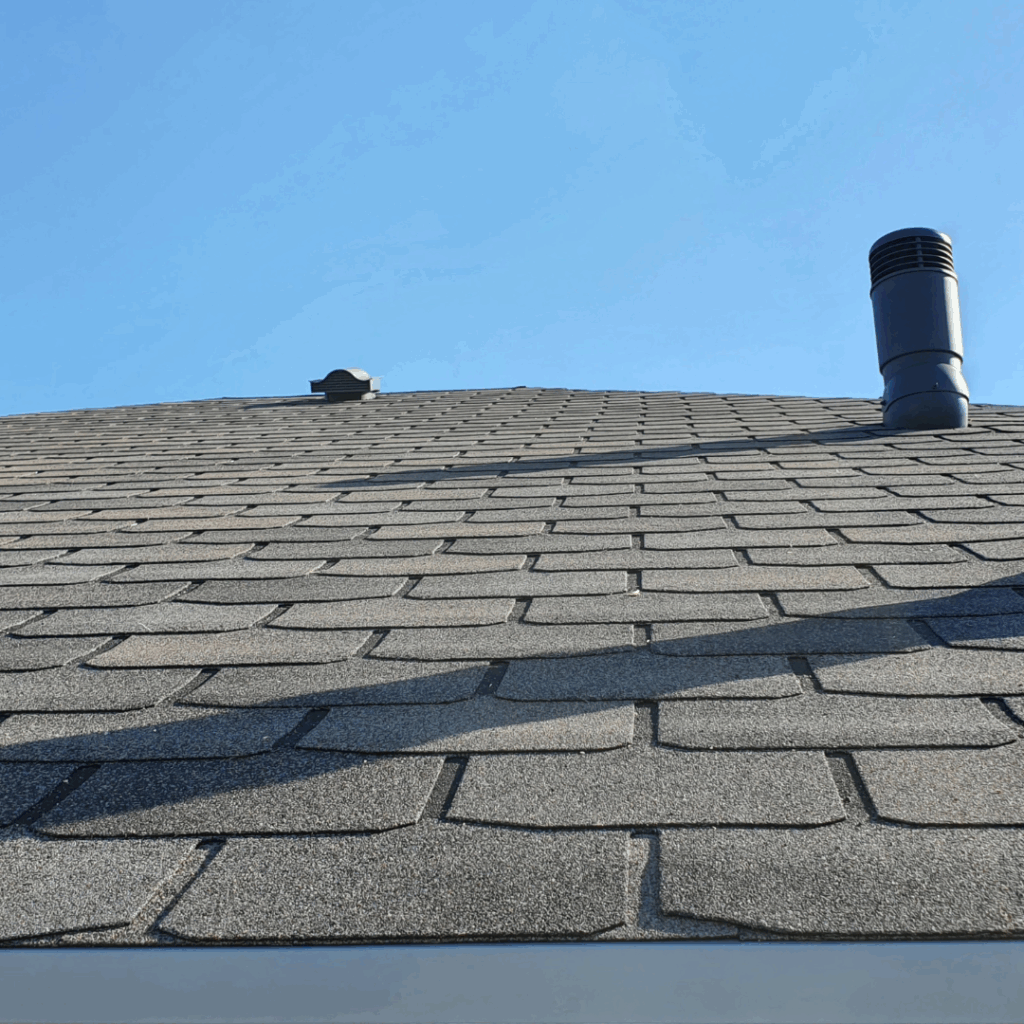
Regular roof inspections are essential for catching heat damage early. Here are some tips to help you conduct a thorough examination:
Visual Inspection
Conduct a visual inspection of your roof from the ground. Look for any obvious signs of damage, such as missing shingles or visible sagging. Pay close attention to valleys and edges where water might collect.
Check the Attic
Inspect your attic for signs of water damage or light coming through the roof boards. This can indicate gaps or holes in your roofing material. Check for signs of pests also, as they can worsen roof integrity.
Professional Inspection
Hiring a professional roofing company for an annual inspection is an excellent way to ensure any potential issues are caught early. Professionals have the experience and tools necessary to spot even the most minor signs of damage.
Prevention and Maintenance
Preventive maintenance is key to extending the life of your roof and avoiding heat damage.
Proper Ventilation
Ensure your attic is well-ventilated. Proper ventilation prevents heat buildup, reducing the risk of heat-related damage to your roof. Consider installing ridge vents or soffit vents to enhance airflow.
Regular Cleaning
Keep your roof and gutters clear of debris. Leaves and branches can trap heat and moisture, leading to faster deterioration of roofing materials. Schedule regular cleanings, especially in early summer and late fall.
Routine Repairs
Address minor issues promptly. Whether it’s a loose shingle or a small crack, taking care of these problems immediately can prevent them from becoming more significant.
Seasonal Maintenance Checklist
- Spring: Check for winter damage, clear gutters, and inspect for missing shingles.
- Summer: Monitor for heat damage signs and ensure proper ventilation.
- Fall: Clean gutters and inspect for debris.
- Winter: Look for ice dam formations and ensure proper insulation in the attic.
When to Call a Roofing Contractor
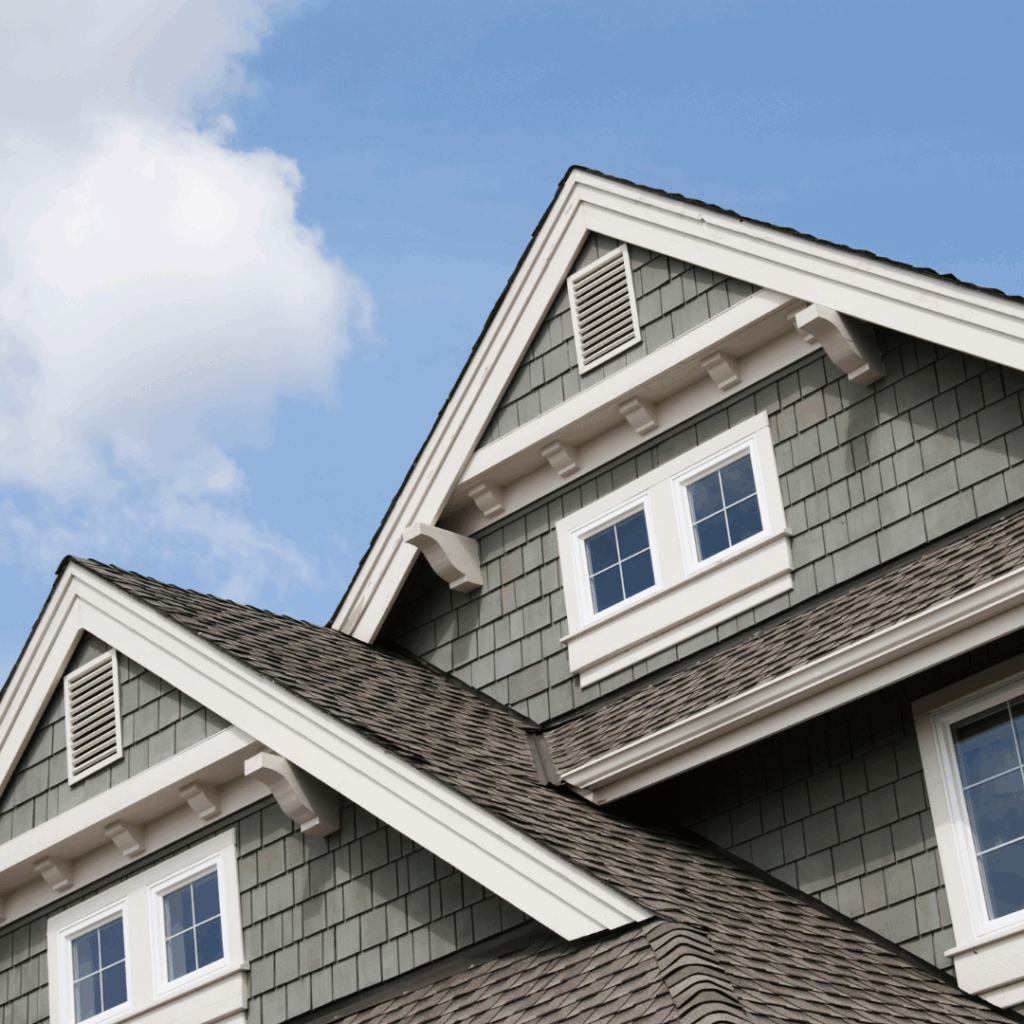
Knowing when to call a professional can save you time and money. If you notice any of the signs mentioned above, contact a roofing contractor for a thorough assessment and repair.
Finding the Right Roofing Company
When selecting a roofing company, look for one with experience in residential roofing and a good reputation in the community. Check online reviews and ask for references to ensure you’re hiring a reliable contractor. Don’t hesitate to request a detailed estimate for any work needed.
The Importance of Siding Repair
Don’t forget about your home’s siding. Like your roof, siding can also suffer from heat damage. Cracks, warping, or fading are signs that your siding may need repair. Consider coordinating repairs to your roof and siding to ensure a cohesive look.
Conclusion
Kentucky’s summer heat can take a toll on your roof, but with regular inspections and maintenance, you can protect your home from severe damage. Recognizing the signs of heat damage and taking swift action is crucial for maintaining the integrity of your roof. When in doubt, it’s always best to consult with a professional roofing contractor.
By staying vigilant and proactive, you can ensure that your roof remains in excellent condition, keeping your home safe and sound through the hottest months of the year. By taking these measures, you’ll not only protect your investment but also enhance the overall appeal and value of your home. For expert residential roofing services to ensure your home is ready for the heat, contact our team at Origin Roofing and Exteriors!
